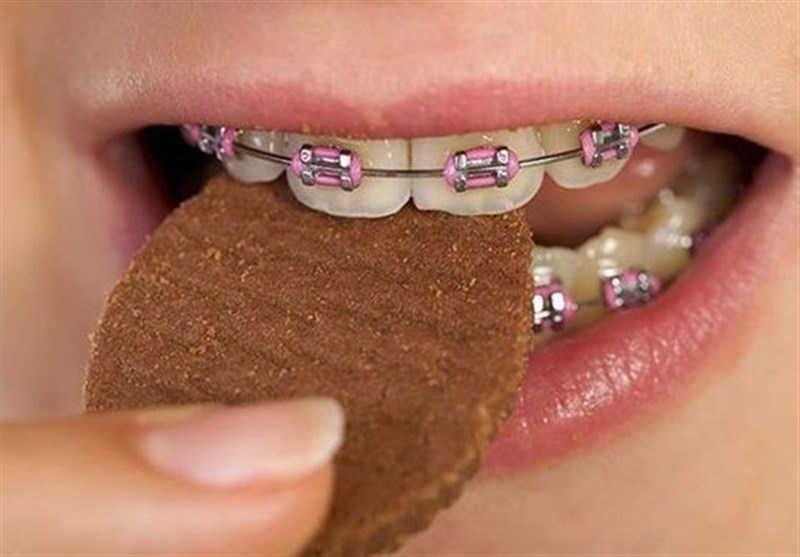The Impact of 3D Scanning on Clear Aligner Customization
페이지 정보
작성자 Philipp Wallen 댓글 0건 조회 19회 작성일 25-10-08 23:05본문
Intraoral imaging has completely redefined the way orthodontists design and customize aligners for patients. Until recently, conventional impression techniques were the primary method, but they often led to inaccuracies, discomfort, and delays. Currently, digital 3D imaging produces a finely detailed virtual replica of a patient’s dental arches and gingival tissues using intraoral scanners. These scans build a 3D simulation that can be edited in real-time via CAD platforms with unmatched detail.

The ability to see every tooth in three dimensions allows orthodontists to engineer incremental repositioning with expert foresight. They can map the exact path each tooth must follow throughout treatment and render the complete correction sequence before even beginning. This granularity ensures that every stage of the aligner set is engineered around their biomechanical profile and aesthetic targets. The algorithm anticipates how teeth will respond to pressure, compensate for dental root angulation, and integrate soft tissue behavior.
Equally important is improved communication 3D imaging strengthens the clinician-patient dialogue. Instead of trying to explain a treatment plan with pictures or models, dentists can demonstrate a real-time moving visualization of their teeth moving from the starting position to the predicted outcome. This builds patient confidence through transparency, manage anticipations effectively, and trust the proposed plan.
For the dental lab team responsible for production 3D scans replace error-prone analog workflows. Computer files are auto-sent to industrial-grade printers, which produce aligners that fit perfectly. This reduces the need for adjustments and follow-up visits, making treatment rapid and reliable.
Moreover, 3D imaging enhances success rates in challenging malocclusions. It allows orthodontists to anticipate biomechanical conflicts prior to fabrication, such as crowding or bite misalignment, الاینر and modify the treatment roadmap in silico. It also facilitates teleorthodontic team reviews, since digital files can be shared instantly across locations.
Ultimately, 3D imaging is far more than a digital enhancement—it’s a revolutionary change in how aligner treatments are orchestrated and finalized. It brings together accuracy, efficiency, and patient satisfaction in a way that old-school approaches failed to deliver. As innovation accelerates, we can expect increasingly customized, data-driven treatment for patients across diverse populations.
- 이전글【budal13.com】 부달 부산유흥 부산달리기 여자 1500m 결승에서 2분21초 25.10.08
- 다음글중앙공원 롯데캐슬 어에서 멋진...<br>아주경제=이 24.11.20
댓글목록
등록된 댓글이 없습니다.
